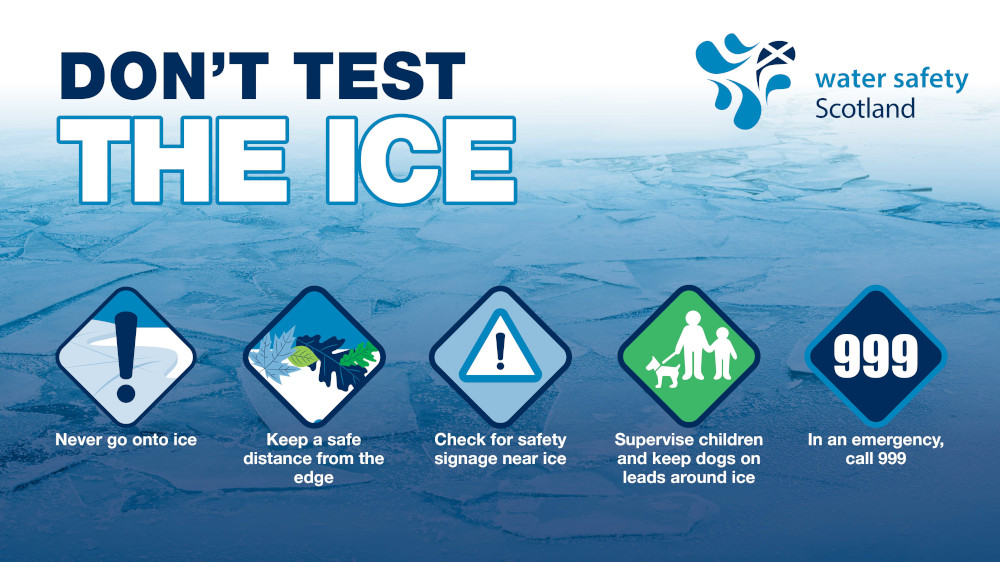Winter water safety
Enjoying our beaches and inland waterways doesn’t have to end as the warmer temperatures of summer fade away.
It’s great to get out and explore the UK whatever the weather, whether you are taking a walk, trying your hand at paddle sports, or even taking a dip, but it’s always a good idea to be prepared.
As the season changes, paths can become very slippery in wet or wintery weather, so take care when you are out walking, running or cycling especially when close to water.
If you fall unexpectedly into the water you could suffer from cold water shock.
Cold water shock
Average sea temperatures around the UK and Ireland range from 6-10 °C in the winter to 15-20 °C in the summer, depending on region and yearly weather changes, with inland waters like lakes, rivers, lochs and reservoirs often colder than that.
Cold water shock is an involuntary response to the body being suddenly or unexpectedly immersed into water which has a temperature below 15°C.
As an automatic response to falling into cold water the blood vessels in the skin will close, which increases the resistance of blood flow. As a result, the heart must work harder, and your blood pressure goes up. This can put your heart under strain and can therefore cause a heart attack, even in the relatively young and healthy.
The sudden cooling of the skin by cold water can also make you involuntarily gasp for breath, increasing your breathing rate. These responses can cause you to panic and possibly inhale water directly into the lungs.
Float to Live
If you unexpectedly find yourself in the water you should follow these 5 steps to float to live:
- Fight the urge to thrash around, try to remain calm and relax.
- Lean back – extend your arms and legs into a starfish position.
- Gently move your arms and legs around to help you float.
- Float until you can control your breathing.
- Only then call 999 or 112 for help or swim to safety.
Ice safety
As it starts to get colder, our frozen ponds, lakes and waterways can be beautiful places to visit as well as a tempting place to play, but these icy conditions can be extremely dangerous.
Our partners at Water Safety Scotland have put together some simple ice safety advice:
- Never go onto the ice - there is no way of knowing whether it will take your weight, how thick the ice is or how cold, deep and fast the water beneath is.
- Keep a safe distance from the edge - fallen leaves and snow could obscure the water’s edge and cause slippery surfaces.
- Check for safety signage.
- Always supervise children and keep dogs on leads.
- In an emergency, call 999.

If you come across someone who is in danger either on or in ice, follow this advice:
- Never go on the ice to help.
- Shout for assistance and Call 999.
- Let the casualty know that help is on the way and encourage them to stay calm and float.
- Look for something that could extend your reach such as a long branch or pole to try to help the person back to land. Only do this from solid ground a safe distance from the edge.
How to call for help
If you find yourself in trouble or spot someone else in difficulty, you should call 999 or 112. If you are at the coast ask for the coastguard. If you are inland, ask for the fire service.
If you spot someone else in trouble, don’t enter the water yourself, call for help. Look for any nearby rescue equipment, a line or something that floats that they can hold on to and throw it out to them.





